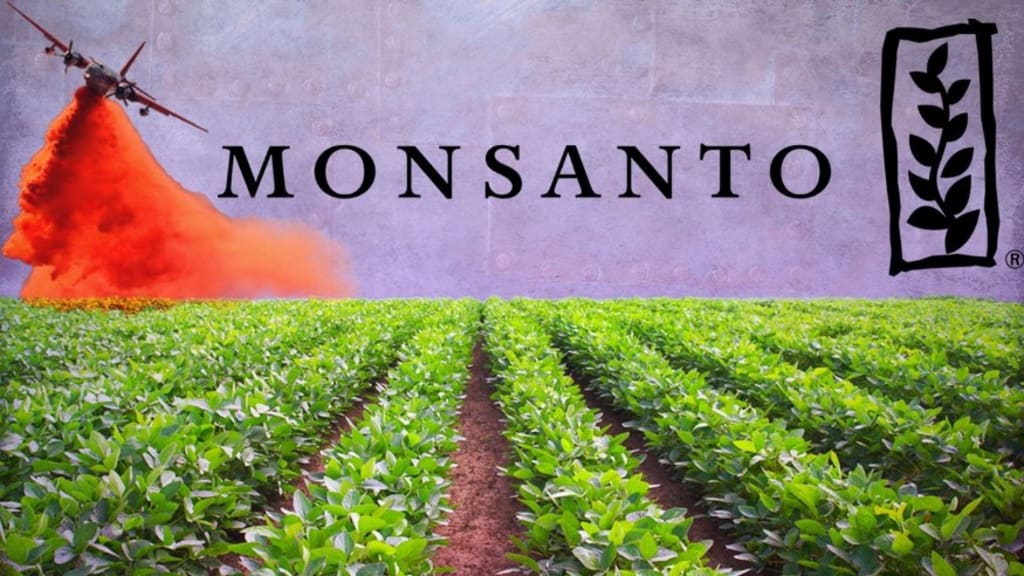The Ongoing Use of GMOs
If there was more transparency, would people trust and purchase such products more often? Or not?

The use of GMOs (genetically modified organisms) and GMFs (genetically modified foods) in the agriculture industry has grown tremendously since its introduction in the mid-1990s. In the food sector of agriculture, there have been astonishing breakthroughs in technology over the past century, allowing producers to increase production with the use of these genetically modified products.
Alongside the abundance of food supply, there has been an increase in the concern of how these foods are being processed and grown. Furthermore, within the past decade, the demand for non-GMO food products has drastically grown. Consumers are becoming more concerned with how these products are being packaged and labeled.
Due to the concern of consumers, researchers analyze the assumptions people have related to the labeling of genetically modified foods. According to a study published by De Gruyter Open, the health of human lives is the main concern behind GMOs.
Several potential threats exist such as allergic diseases which are caused by foreign proteins (toxins and allergens), cancer, obesity, and immune system collapse. Although these may be potential symptoms, advocates of GMF believe that the increase of crop volume, elimination of global hunger, and reduction of degrading the ecosystem will overshadow the fear humans have behind GMOs. In addition to that, products marked as GMO positive are tested and completely safe for consumption.
Genetically modified organisms are quite common and present in the majority of food ingredients such as corn, sugar beet, canola oil, and soy to name several. As ubiquitous as they appear, they are unfortunately shrouded in deep mystery.
Across the majority of the United States, consumption products made with these ingredients do not bear labels stating so. They are not legally required to mention GMOs anywhere on the product, in fact. Consequently, the majority of customers are oblivious to how often they consume food containing GMOs or byproducts.
In the past, companies and scientists lobbied against said labeling in the hope that the visibility would limit the concerns of the general public. Sadly, this worsened the situation and further stoked inquiries regarding what was intended to be minimized.
Oddly enough, the majority of products that bear transparency are the ones that claim to not contain GMOs. The results of this asymmetry are unsurprising.
With GMOs hidden from the eye, it then becomes quite understandable why so many still question it. This has been further exacerbated by the notion that questions related to GMO safety get conflated with business practices. Several examples include ethical concerns of genetic editing and the unsafe use of herbicides. Due to the fact that these are often confused with questions regarding the safety of food, it becomes easy for the average individual to write off the concept entirely as problematic.
Early data proved that simple and honest labeling as alleviated confusion and concerns. For example, in 2016, the State of Vermont required all foods to be labeled with either “partially produced” or “produced” with genetic engineering.
In contrast to expectations, this did not stop customers from purchasing GMO products. A 2018 study proved that citizens living in the state in fact became less opposed. While companies may often desire the issue of labeling to disappear, mandatory placement on products is a tremendous benefit for consumers as it assists them in being less confused and fully informed when considering purchasing.
It also helps the world as a whole, which can be assisted in the increased understanding and utilization of genetic engineering technology whose main purpose is to tackle issues related to climate change, starvation, and disease.
About the Creator
Arbiter Writing
A freelance content agency with over 6 years of experience in the field of professional writing and editing services. We perform research based on topics of clients' choosing and provide SEO-optimized blog posts, articles, and copywriting.






Comments
There are no comments for this story
Be the first to respond and start the conversation.